24 Wild Animals in Iceland [Wildlife in Iceland]
Want to know more about the wildlife in Iceland?
Discover 24 wild animals in Iceland in this post, as well as interesting facts about them. 🇮🇸
Learn All About Icelandic Animals
Ready to learn all about Icelandic animals?
I’ve always been fascinated by animals, and by how they can be so different from one country to another. In this guide, we’ll focus on the many animals Iceland has on the land, in the sky, and underwater.
I’ve split the guide into 4 categories:
- Native animals from Iceland
- Endangered animals of Iceland
- What is the national animal of Iceland?
- How many animals native to Iceland?
Let’s dive in right away with our first category!
Native Animals from Iceland
Iceland is a European island located in the extreme northwestern part of the continent, close to Greenland. It is the most sparsely populated country in the entire continent, and it is characterized by its perpetually active central volcanic plateau. It is surrounded by the Atlantic Ocean, has a polar climate and chill summers, and its capital city is Reykjavík, which counts more than 131,000 inhabitants (which is more than 65 percent of the country’s population!).
An interesting part of the country that I wanted to tackle is its wildlife. In light of that, I have listed the best of it, and I hope you will love learning what animals live in Iceland.
Here’s the Iceland animals list.
1. Arctic fox
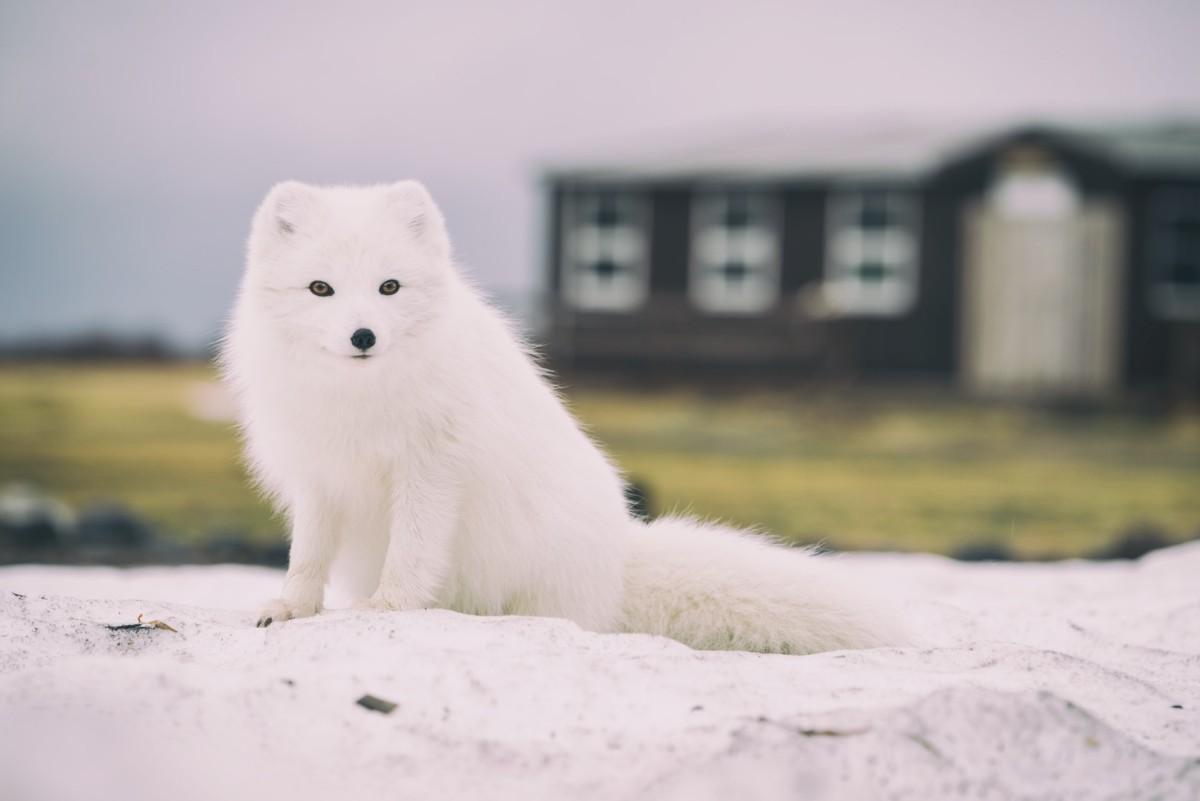
- Name: Arctic fox
- Scientific name: Vulpes lagopus
- Conservation status:
The Arctic fox, also known as the polar fox, the white fox, or the snow fox, is the only land mammal native to Iceland. Outside of the island, it can be found in much of the Arctic areas of the Northern Hemisphere, and in the tundra biome in general.
This fox has a large, very fluffy tail, and warm white fur that is ideal for camouflage. It feeds on small animals such as voles, fish, seabirds, and lemmings.
2. American mink
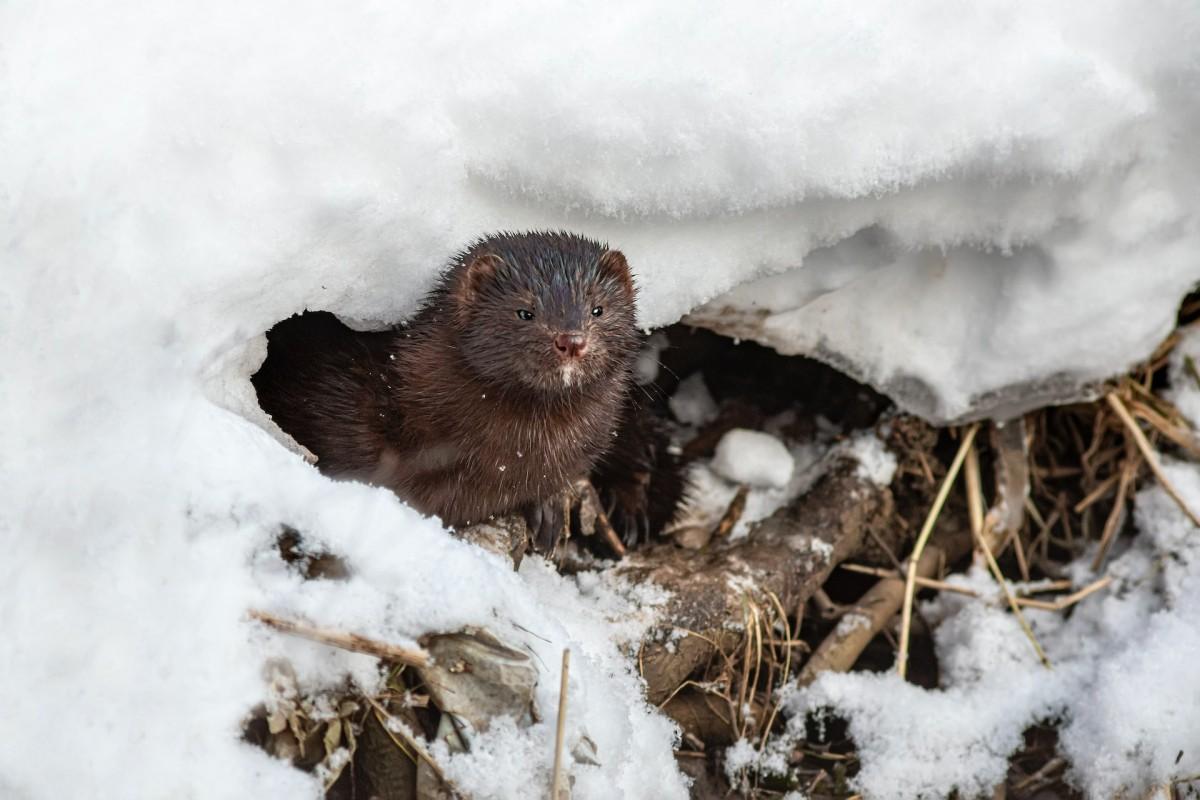
- Name: American mink
- Scientific name: Neogale vison
- Conservation status:
The American mink is a species of semi-aquatic mustelid native to North America. After years of introduction and expansion, it has colonized many areas of Europe, Asia, and South America. Thanks to its very wide range, it is considered of least concern, but it still has to face threats such as diseases, parasites, capture to be kept as pets, and trapping for its fur.
This mink is a carnivore that mostly feeds on fish, rodents, crustaceans, birds, and frogs, and it is sometimes considered an invasive species, depending on the area.
3. Snowy owl

- Name: Snowy owl
- Scientific name: Bubo scandiacus
- Conservation status:
Who here wasn’t in admiration in front of the snowy owl you could see in “Harry Potter”?
This beautiful species of owl, also known as the Arctic owl, the white owl, or the polar owl (which are the same names as the Arctic fox by the way), is a migratory bird that wanders around anywhere in the Arctic. Although not much is known about this bird, it was assessed as vulnerable because of the rapid decline in numbers, most likely due to environmental factors such as global warming.
4. Parasitic jaeger
- Name: Parasitic jaeger
- Scientific name: Stercorarius parasiticus
- Conservation status:
The parasitic jaeger, also known as the parasitic skua, the Arctic skua, or the Arctic jaeger, is a species of seabird native to the northernmost and southernmost parts of the globe.
Its name comes from the German word for “hunter”, although it is mostly a kleptoparasite that robs other birds such as terns and gulls from their catch; a pretty ironic name if you ask me!
5. Black rat
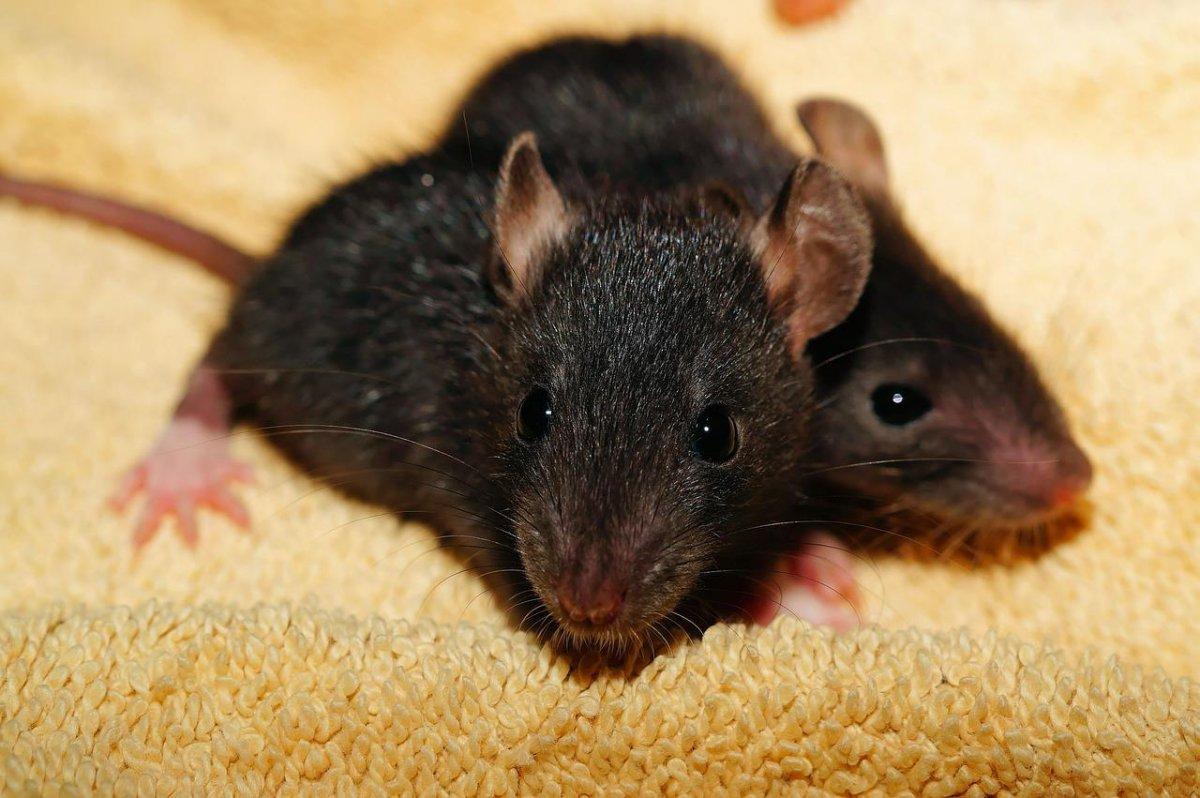
- Name: Black rat
- Scientific name: Rattus rattus
- Conservation status:
The black rat, also known as the ship rat, the roof rat, or the house rat, is a common species of rodent native to the Indian subcontinent. Now, it can be found in the entire world, and it is restricted to urban areas in Iceland.
Depending on the area, this generalist omnivore is either a despised pest, captured to be kept as a pet, or considered sacred (mostly in India).
6. Atlantic salmon
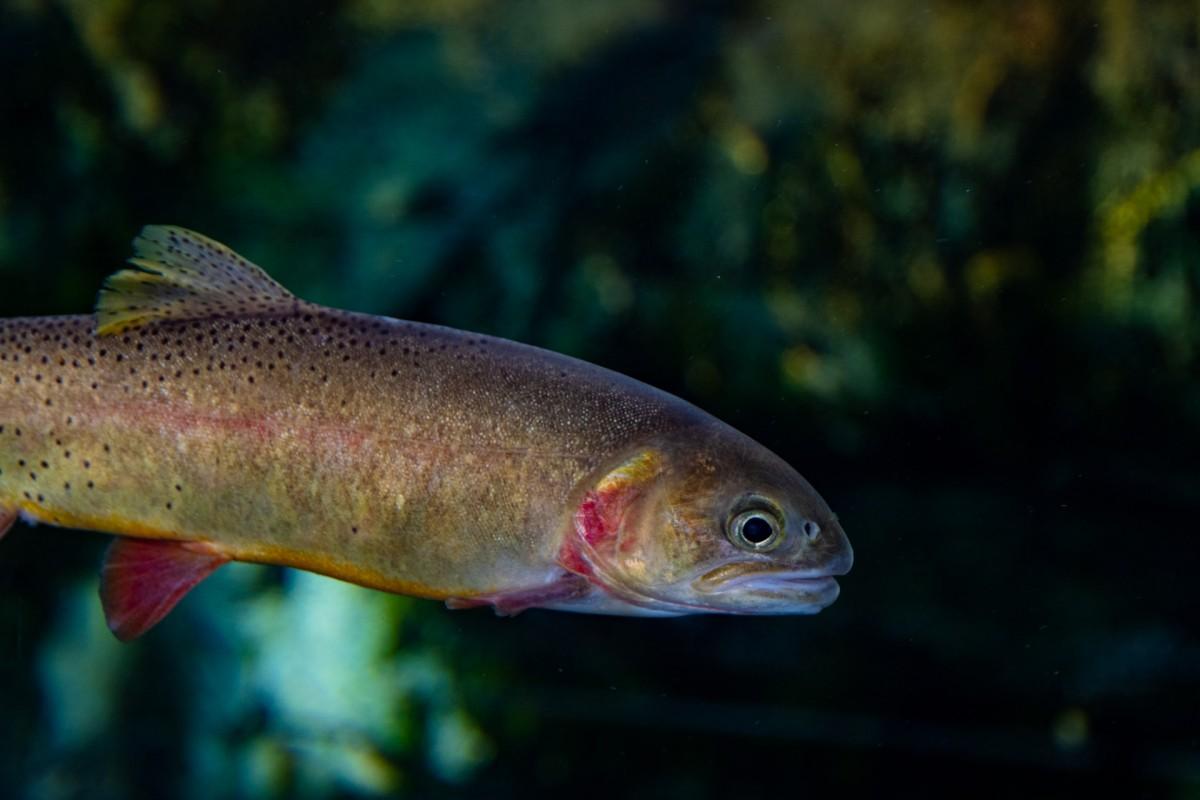
- Name: Atlantic salmon
- Scientific name: Salmo salar
- Conservation status:
The Atlantic salmon is a species of fish of the salmon family, and the third-largest of them: it can grow up to 1 m / 3.2 ft in length. It can be found in the northernmost area of the Atlantic Ocean and in coastal rivers that flow into the ocean.
In terms of gastronomy, the Atlantic salmon is considered one of the healthiest foods and is thus particularly prized. This, and the consequences of habitat loss, are the biggest threats to this salmon and the reason it is considered vulnerable to extinction.
7. European eel
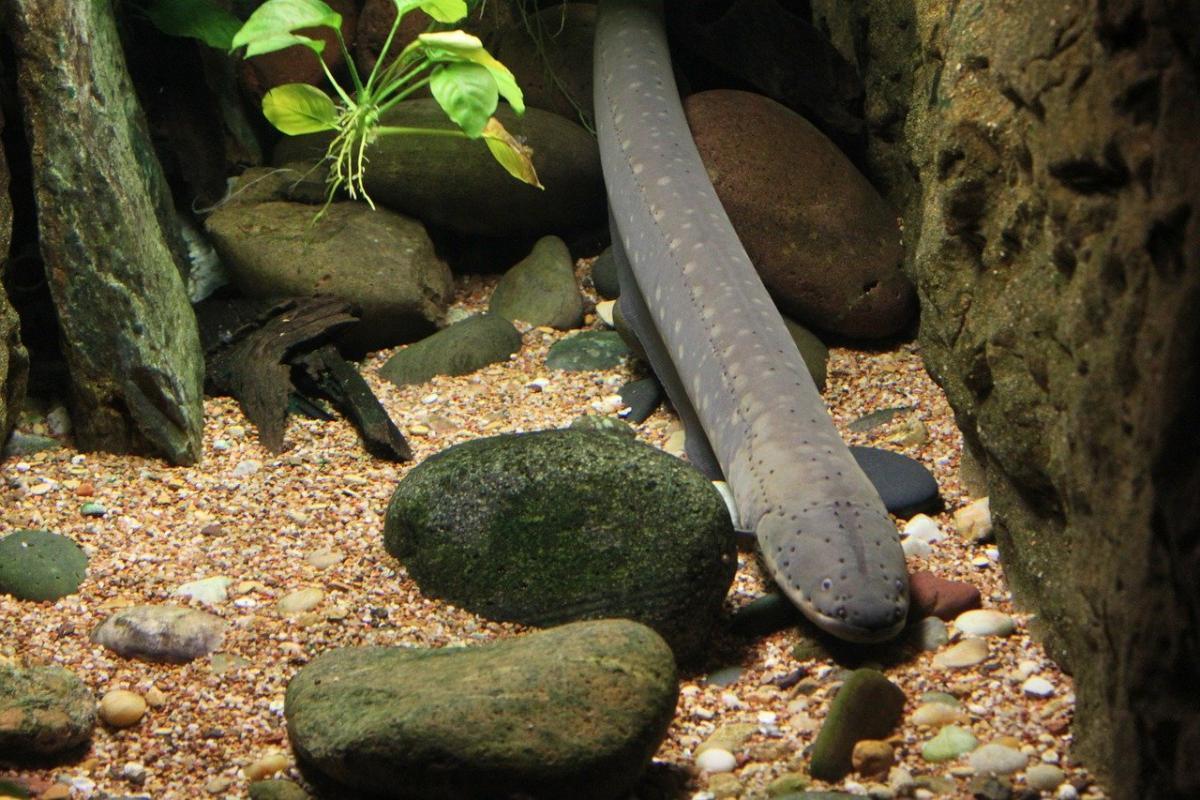
- Name: European eel
- Scientific name: Anguilla anguilla
- Conservation status:
The European eel is a species of snake-like fish native to much of Europe. Historically, it has been an important source of food, and eel fishing using basket traps has been a flourishing market in the western harbors of the Old continent.
Some captive European eels have lived up to 80 years, but their lifespan has not been assessed in the wild. In southern Sweden, a specimen apparently lived for 155 years!
8. North Atlantic right whale
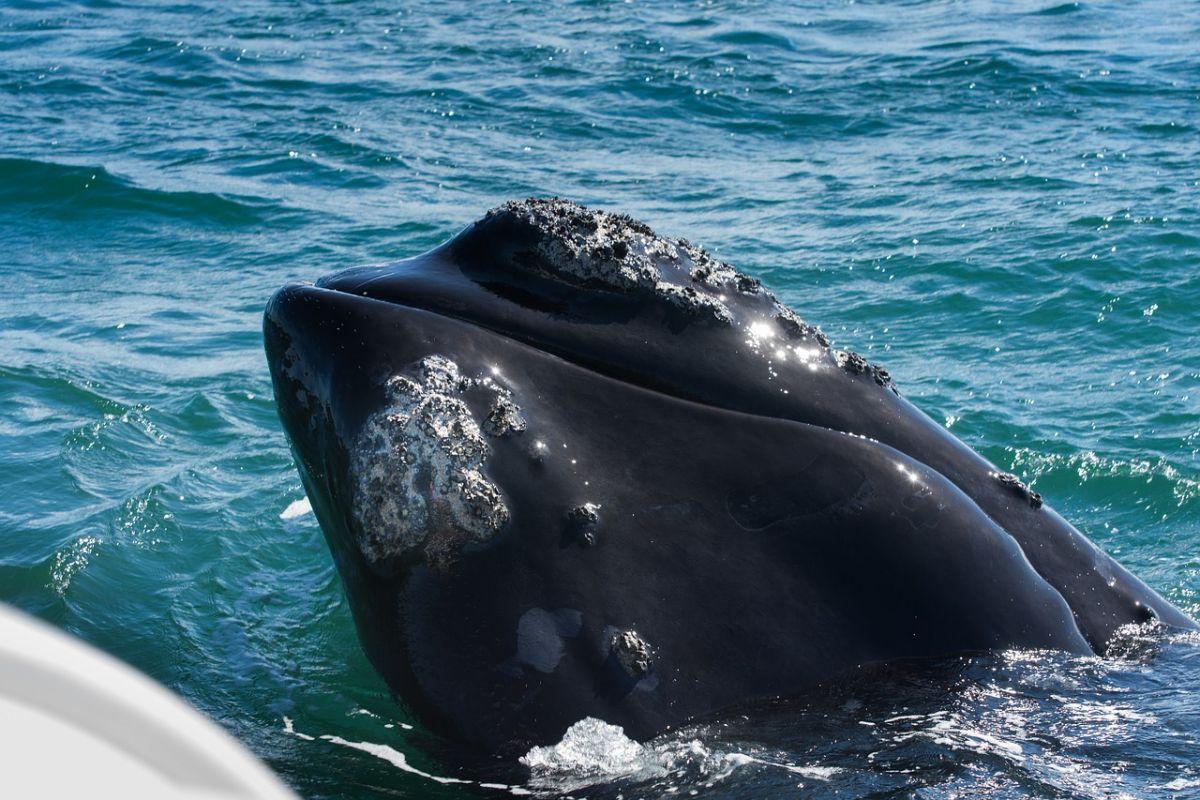
- Name: North Atlantic right whale
- Scientific name: Eubalaena glacialis
- Conservation status:
The North Atlantic right whale is a species of baleen whale native to the northernmost parts of the Atlantic. There were many reasons for this animal to be one of the prime targets of the whaling industry: its docile behavior, its tendency to live near the coast, and its slow surface-skimming feeding habits.
Because of this and entanglement in fishing gear as well as vessel strikes, it is now on the brink of extinction, and it might actually be already extinct.
9. Polar bear

- Name: Polar bear
- Scientific name: Ursus maritimus
- Conservation status:
While it does not permanently live in Iceland, some vagrant specimens were already spotted on the island.
This bear is a hypercarnivorous species native to much of the Arctic region. Not only is it the largest bear species, but it is also the largest land carnivore that can weigh up to 700 kg / 1,540 lb. Males are twice as big as females, and both of their hunt for their preferred target, seals. Its scientific name derives from the fact that it mostly lives on sea ice rather than on land, where it is usually born.
10. Walrus

- Name: Walrus
- Scientific name: Odobenus rosmarus
- Conservation status:
While walruses can be very challenging opponents, polar bears sometimes prey on their young.
This large marine mammal is native to the Arctic circle and is also considered a vagrant in Iceland. It is characterized by its strong, dangerous tusks and its whiskers. Adult males can reach an outstanding weight of more than 2,000 kg / 4,400 lb, and they have a prominent part in the cultures of many Arctic peoples.
11. Gray seal
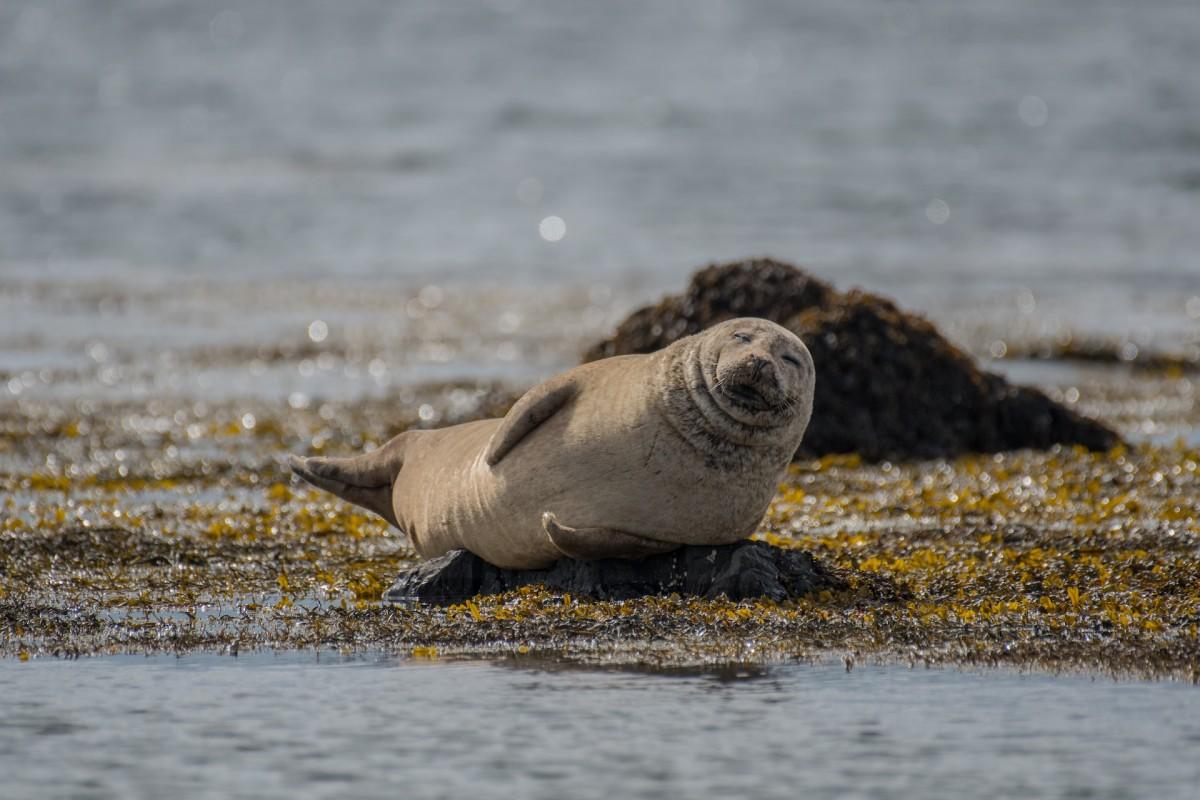
- Name: Gray seal
- Scientific name: Halichoerus grypus
- Conservation status:
Now, this is exactly the perfect type of prey for the polar bear. The gray seal, also known as the horsehead seal or the Atlantic seal, is a large species of marine mammal that can be found in the northernmost areas of the Atlantic, usually in large colonies around the coasts.
Outside of polar bears, the gray seal has to be wary of large sharks, particularly great white sharks but also Greenland sharks, killer whales, and white-tailed eagles (that prey on cubs).
12. Greenland shark
- Name: Greenland shark
- Scientific name: Somniosus microcephalus
- Conservation status:
The Greenland shark, also known as the gray shark or the gury shark, is a large species of shark native to Greenland, but also the northwestern coast of North America and the northern coasts of Europe.
This animal is an absolute force of nature: with a lifespan of about 250 to 500 years, it has the longest known lifespan of all vertebrates! Because it mostly lives at depth, its meat is toxic; in Iceland, a tasty dish known as “kæstur hákarl” is made of toxin-free Greenland shark flesh.
13. Reindeer

- Name: Reindeer
- Scientific name: Rangifer tarandus
- Conservation status:
The reindeer, also known as the caribou, is one of the most emblematic animals of the northern areas of the world. It is a species of deer native to the Arctic, subarctic, boreal, and tundra regions of North America, northern Europe, and Siberia.
This deer has long been hunted by Arctic peoples for its food, shelter, and clothing, and even domesticating for milk and transportation. Both males and females can grow antlers annually, but males’ ones are larger.
14. Sperm whale
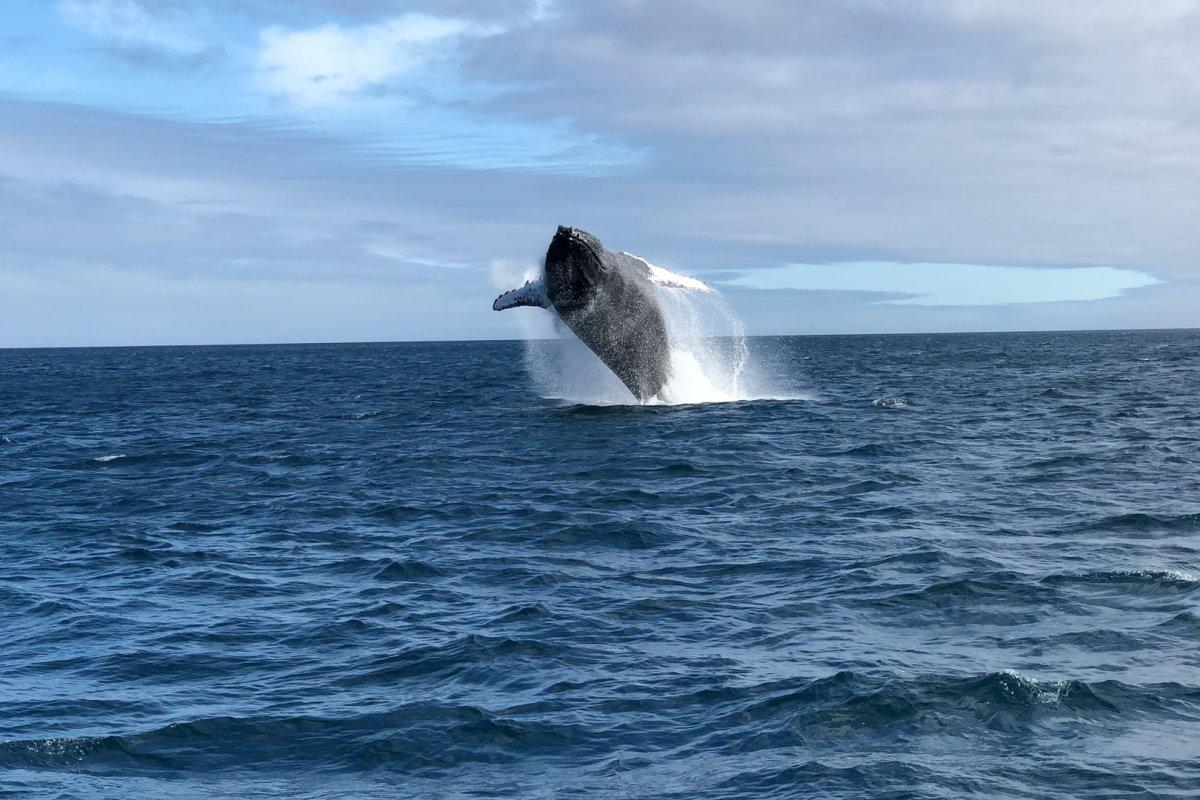
- Name: Sperm whale
- Scientific name: Physeter macrocephalus
- Conservation status:
The sperm whale, also known as the cachalot, is a marvelous creature: it is the largest-toothed predator on the planet, the third deepest diving mammal (after Cuvier’s beaked whale and the southern elephant seal) and it has the largest brain on Earth! On top of that, it can live more than 70 years, and it can reach a length of 20.7 m / 68 ft.
Sadly, this fantastic animal is listed as vulnerable, due to hunting and climate change, mostly.
15. Striped dolphin
- Name: Striped dolphin
- Scientific name: Stenella coeruleoalba
- Conservation status:
The striped dolphin is one of the most well-known species of dolphins on the planet. It inhabits temperate and tropical waters of all the oceans, and it has distinctive black bands that run across its back, hence its name.
Since the 1940s, the striped dolphin has been a prime target for the Japanese whaling industry, in one specific year, more than 21,000 individuals were killed, while the numbers averaged about 8,000 to 9,000 every year.
16. Mountain hare
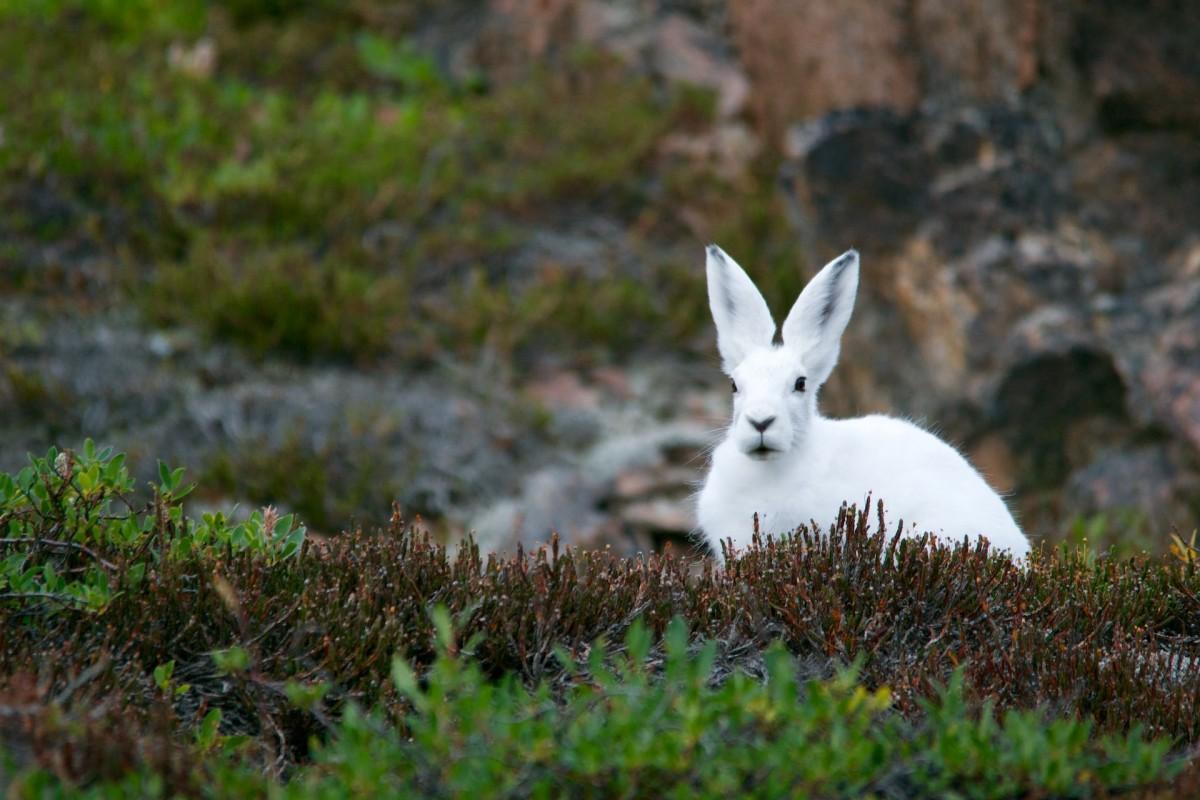
- Name: Mountain hare
- Scientific name: Lepus timidus
- Conservation status:
The mountain hare has many names: also called the snow hare, the alpine hare, the Irish hare, the blue hare, the tundra hare, the white hare, or the variable hare, it is a species of mammal adapted to mountainous and polar habitats.
This hare was introduced into Iceland, and its diet largely varies depending on the area: some feed on twigs and bark, while others prefer grasses; it all depends on the weather, and if there is snow or not.
17. Bowhead whale
- Name: Bowhead whale
- Scientific name: Balaena mysticetus
- Conservation status:
The bowhead whale, also known as the Greenland right whale or the Arctic whale, is the only baleen whale species endemic to the Arctic and subarctic regions, and it has a massive, characteristic triangular skull, for which it is named.
Before 1966 and the protection of this species, it was one of the earliest whaling targets and came close to extinction. Since then, it has been doing much better, but individual populations are either endangered, vulnerable, or of least concern.
18. Common crane
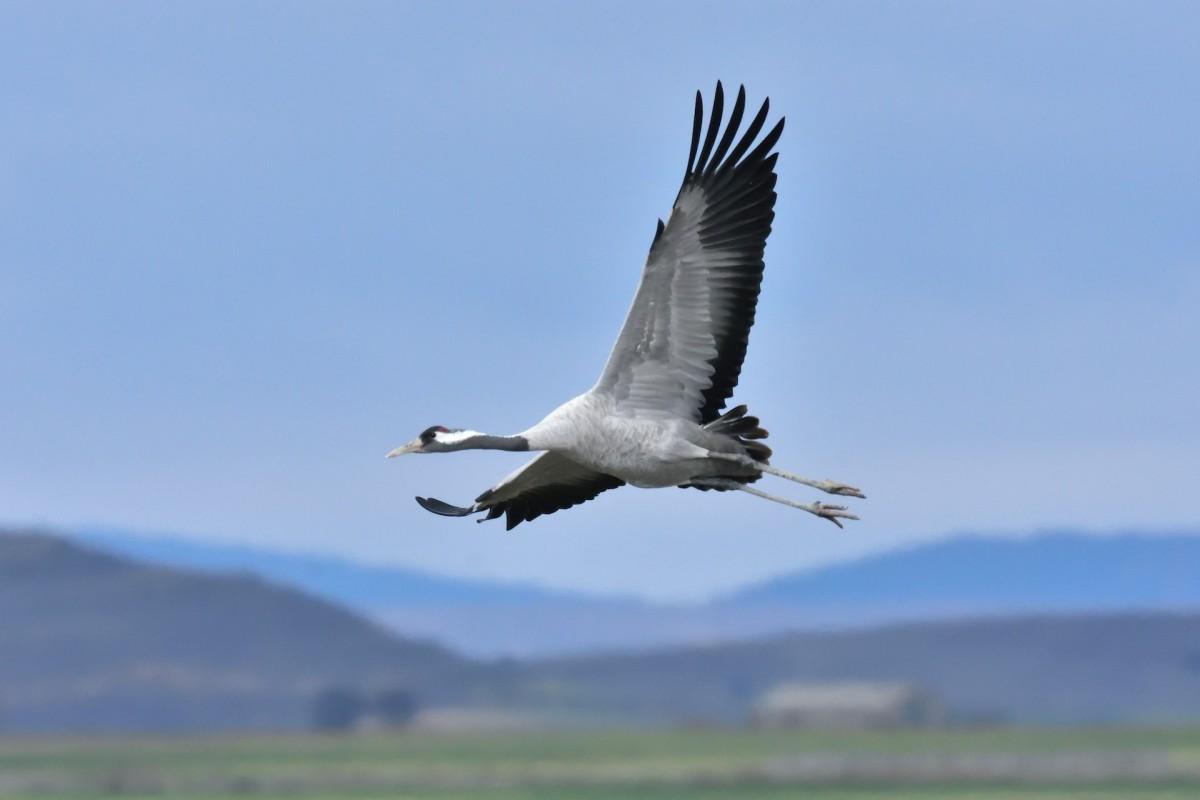
- Name: Common crane
- Scientific name: Grus grus
- Conservation status:
The common crane, also known as the Eurasian crane, is a medium-sized species of bird native to Eurasia in general. It is one of the few cranes not listed as threatened with extinction, but it is still locally extirpated in some countries. Other countries such as the United Kingdom have launched reintroduction projects, and the common crane is, overall, in good hands.
In terms of feeding, this crane is omnivorous, and mostly feeds on plant matter, but also insects, crabs, spiders, and small birds.
19. Atlantic puffin
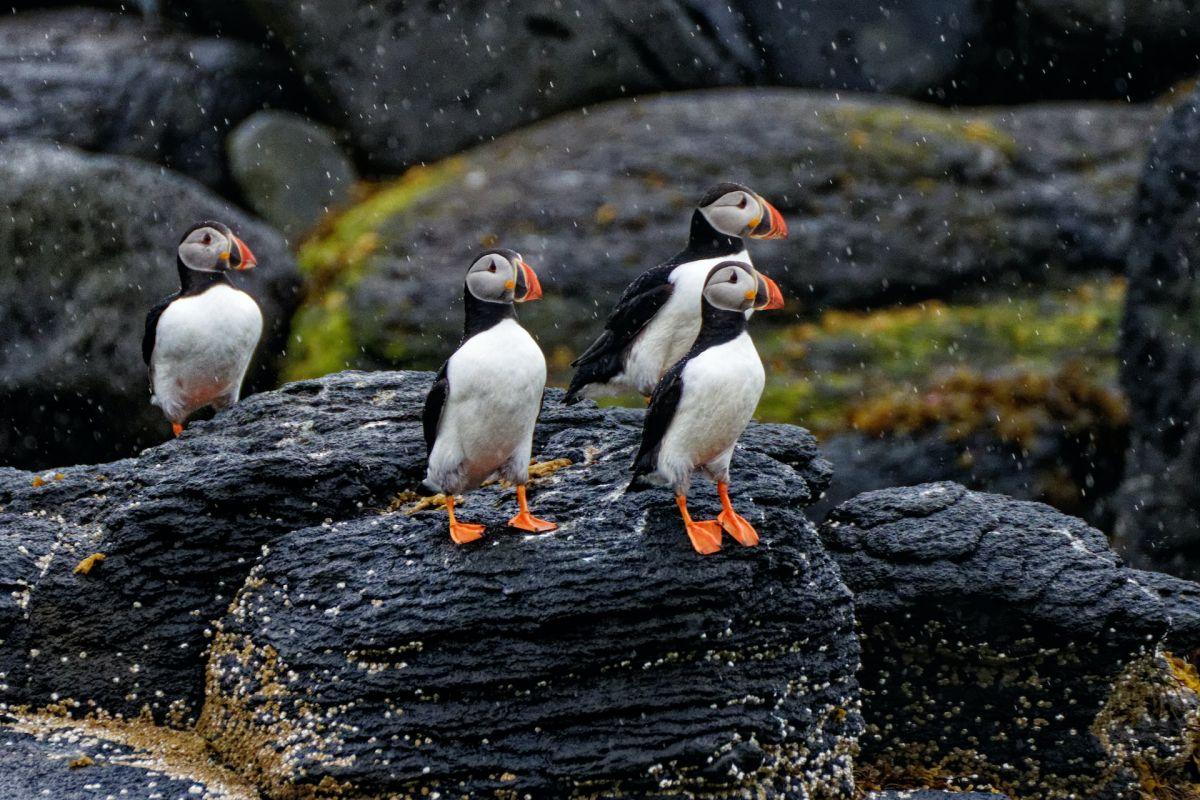
- Name: Atlantic puffin
- Scientific name: Fratercula arctica
- Conservation status:
The Atlantic puffin, also known as the common puffin, is a species of seabird, and the only puffin native to the Atlantic Ocean. It breeds in Iceland, Canada, Greenland, Norway, and on the Faroe Islands, and winters far more in the South, as far as the northwestern African waters.
Believe it or not, this seabird molts in the winter, and loses some of its characteristic bright facial colors!
20. Razorbill
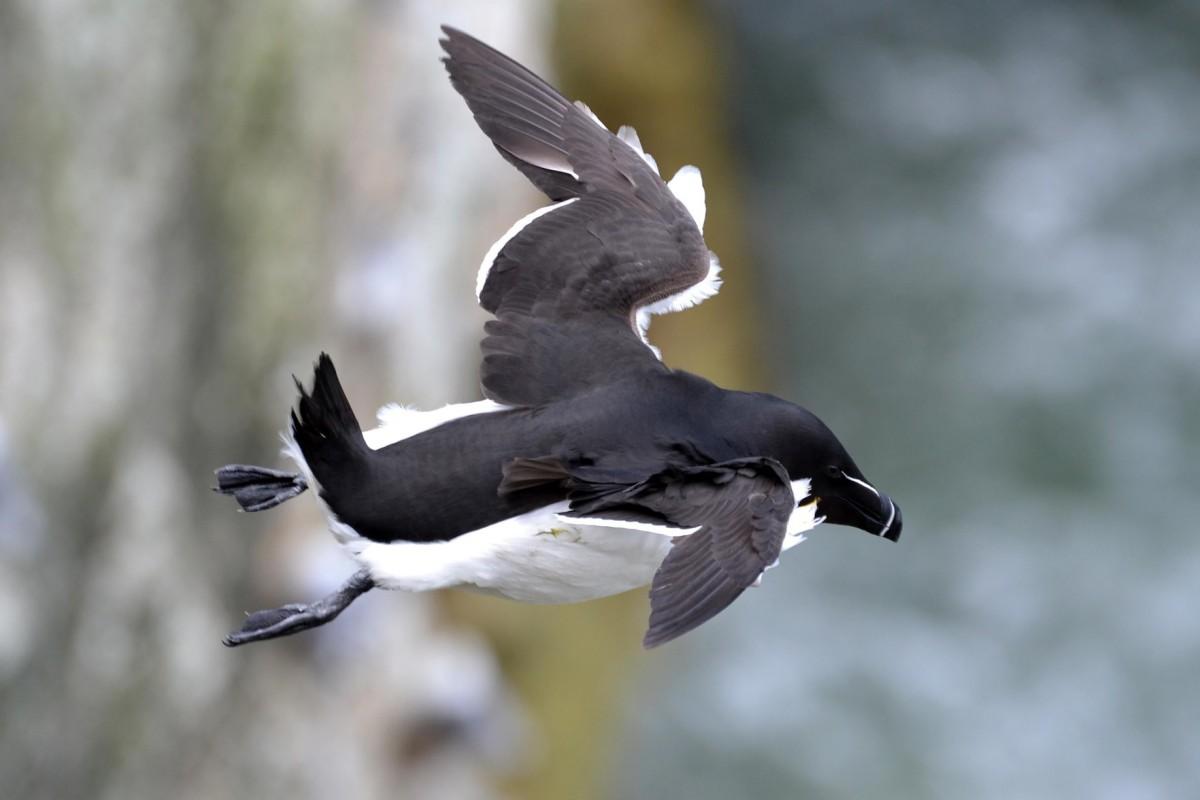
- Name: Razorbill
- Scientific name: Alca torda
- Conservation status:
The razorbill, also known as the lesser auk or the razor-billed auk, is another species of seabird and the closest relative to the extinct great auk. Most populations live in the subarctic waters of the Atlantic Ocean, and they are mostly black and white.
This species is listed as near threatened and faces major threats such as habitat loss, oil spills, and deterioration of food quality. Its numbers are unstable, as they increased from 2008 to 2015, before decreasing during the next 6 years and they are now stable or increasing once more.
21. European rabbit
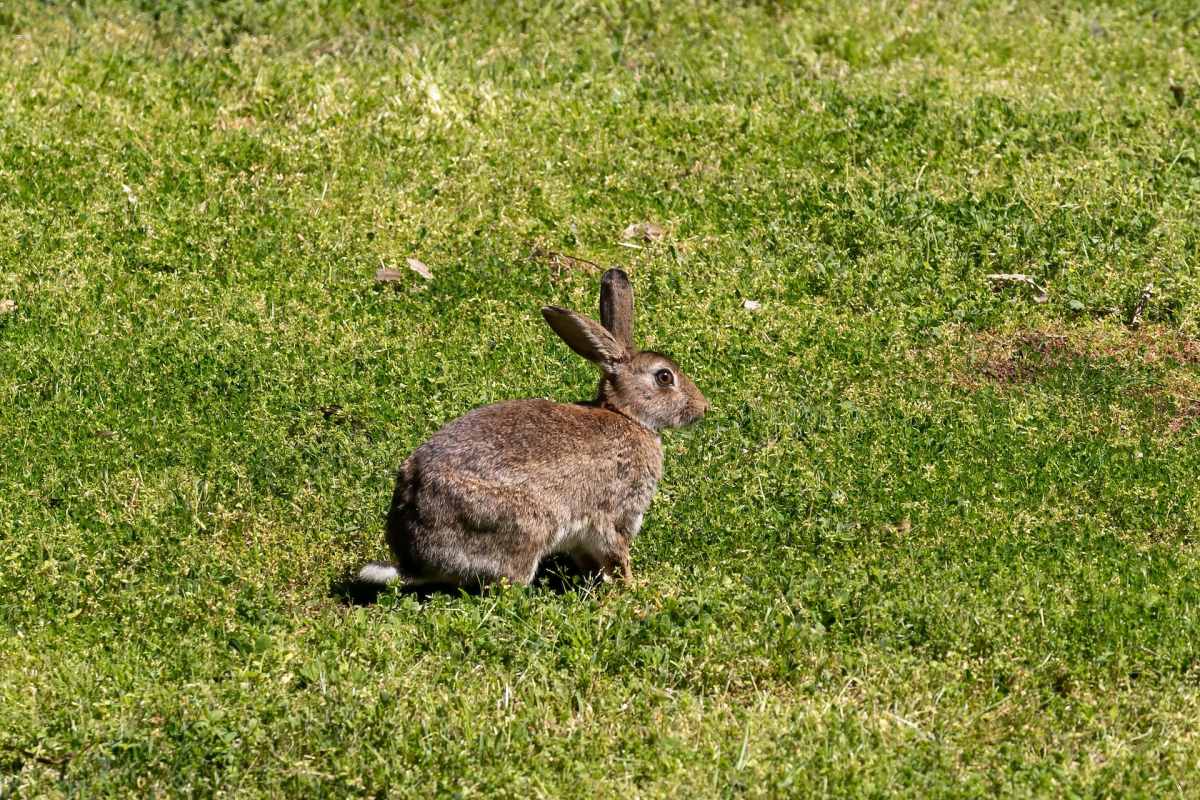
- Name: European rabbit
- Scientific name: Oryctolagus cuniculus
- Conservation status:
The European rabbit, also known as the coney, is a species of rabbit native to mainland Europe, mostly the Iberian Peninsula and western France. However, it has been introduced to many other countries in the world, where it mostly had devastating effects on local biodiversity.
This rabbit digs networks of burrows, where it spends most of its time outside of feeding. Some melanistic individuals also exist, usually on islands or in large enclosures where ground predators are rare.
22. White-tailed eagle
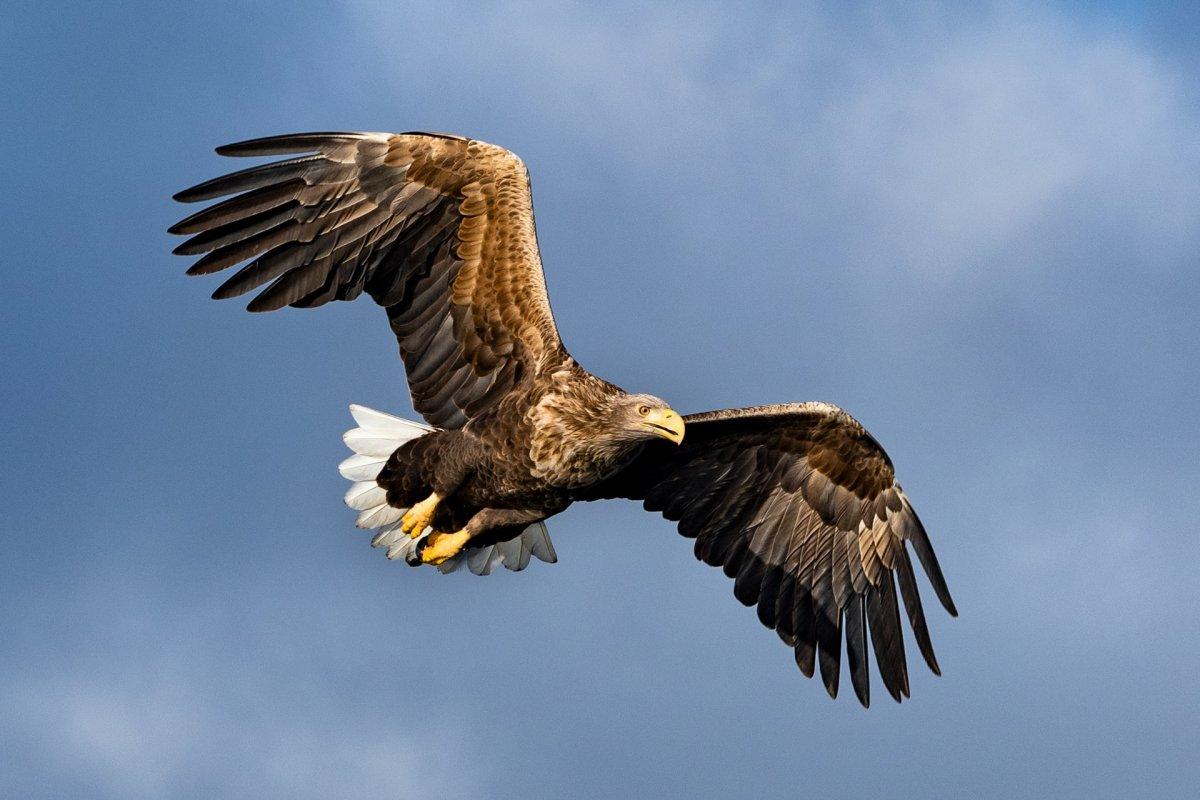
- Name: White-tailed eagle
- Scientific name: Haliaeetus albicilla
- Conservation status:
The white-tailed eagle, also known as the ern, the gray sea eagle, or the Eurasian sea eagle, is a very large species of sea eagle widely distributed throughout temperate and boreal Eurasia.
Even though it can be found from Iceland and Greenland to Japan, its populations are very scarce and spottily distributed. Besides, despite being of least concern, it has suffered a lot from systematic persecution, pollution, and poisonings.
23. Big brown bat
- Name: Big brown bat
- Scientific name: Eptesicus fuscus
- Conservation status:
The big brown bat is a species of vesper bat native to most of North America, the Caribbeans, and the northern part of South America.; some vagrants or introduced specimens were spotted in Iceland.
This bat species is, like many others, insectivorous, and it mostly feeds on beetles and other night-flying insects. During the day, it hides in sheltered areas such as tree cavities, tunnels, caves, and human structures, and it hunts at night.
24. Osprey
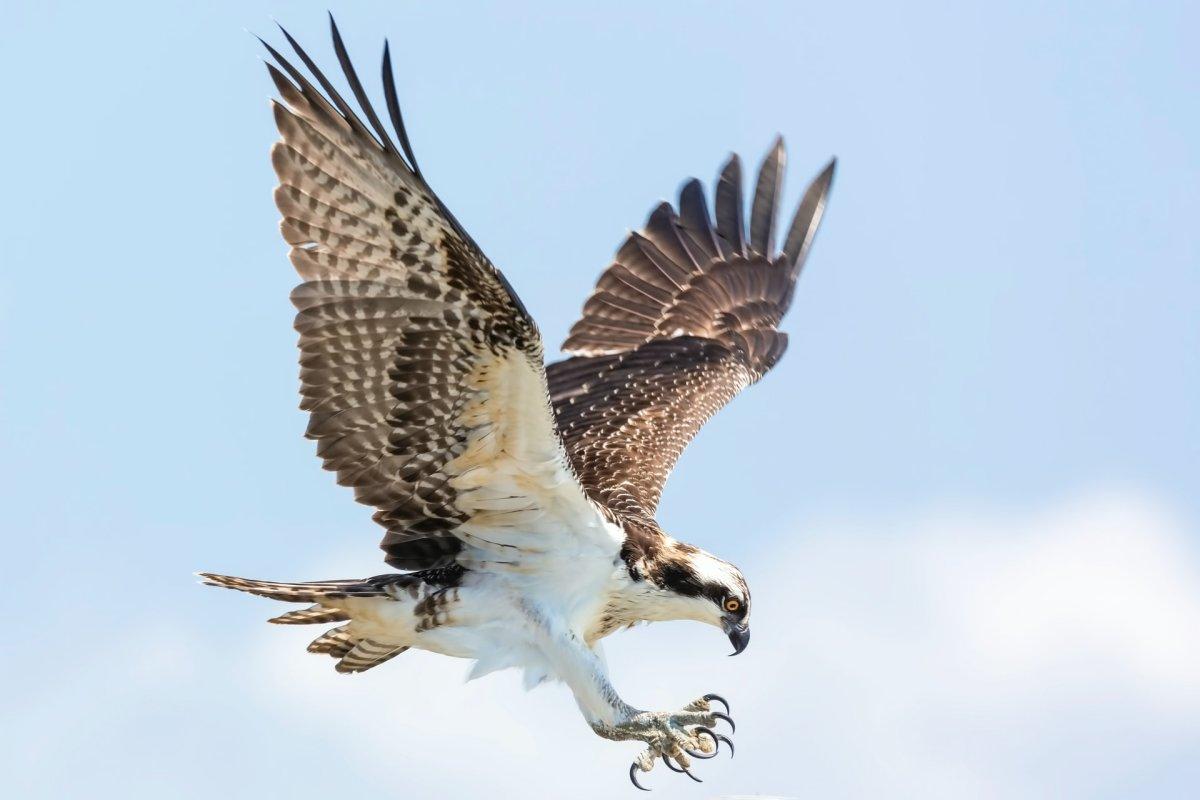
- Name: Osprey
- Scientific name: Pandion haliaetus
- Conservation status:
The osprey, also known as the river hawk, the sea hawk, or the fish hawk, will round out this list. It is a bird of prey that is active by day and that mostly feeds on fish.
This large raptor has gray and brown plumage, and it can tolerate a very wide variety of habitats, as long as it is near a body of water and has enough food supply.
—
So there you have them, these were my 24 animals that live in Iceland. I hope you enjoyed this list and that you learned something new today.
In case you want to learn more about the animals living in Iceland, feel free to keep reading, as I still have lots of things to tell you about:
Endangered Animals of Iceland
This is definitely the saddest part of the list, but it is very important to raise awareness. Because of this, let’s go through the list of endangered animals in Iceland.
Here are the animals in danger of extinction in Iceland.
- Great auk
- North Atlantic right whale
- Tope
- Common blue skate
- Eskimo curlew
- European eel
- and 2 more…
- Blue whale
- Sandy skate
- Sei whale
- Leafscale gulper shark
- Atlantic halibut
- and 2 more…
To see the full list of endangered species in Iceland, head over to the International Union for Conservation of Nature’s Red List.
What is the National Animal of Iceland?
Iceland national animal is the gyrfalcon.
The gyrfalcon is the largest species of falcon in the world. Also simply known as the gyr, it is a bird of prey native to the Arctic tundra and coasts, where it hunts its prey by horizontal pursuit, rather than plunging onto it.
This animal nests on cliff faces and has a long history of interactions with humans: both for the art of falconry and hunting, it was considered a royal bird in medieval times.
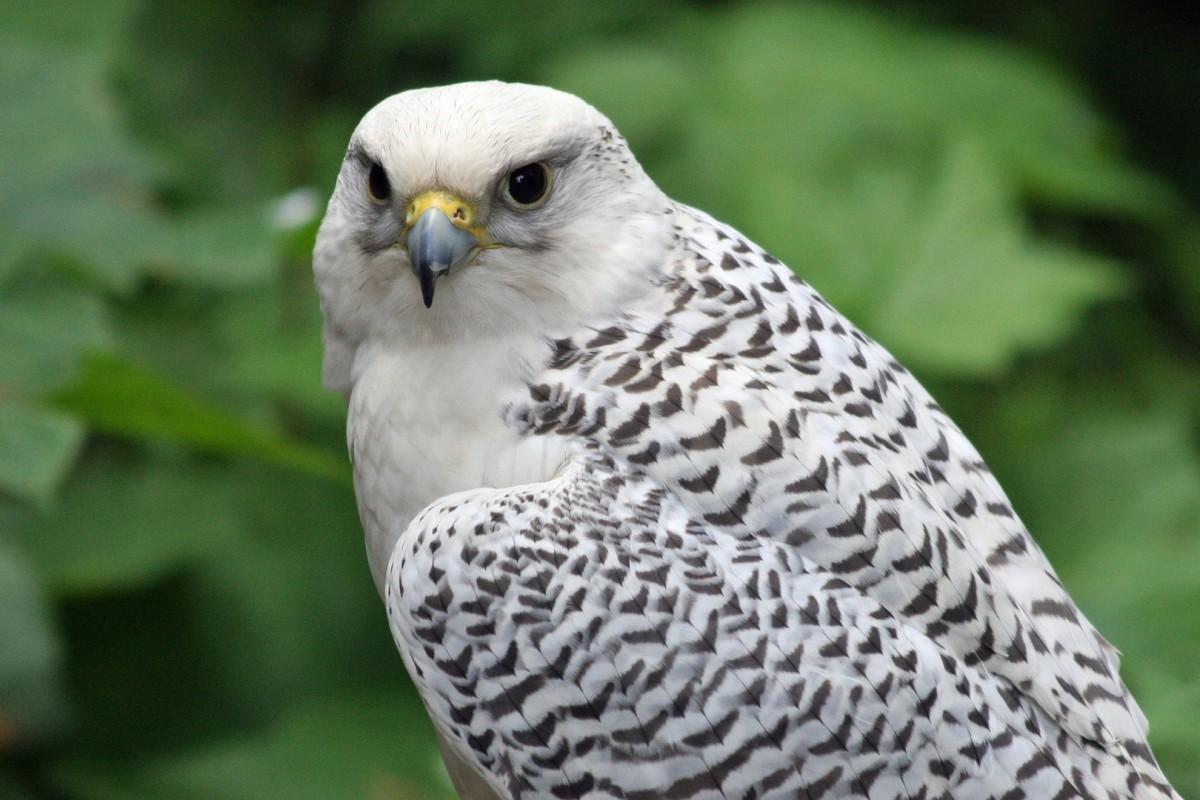
How Many Animals Native to Iceland?
What is the diversity of native animals in Iceland?
Let’s look at the total number of species of Chordata (mammals, birds, fishes, and reptiles).
Total number of animal species in Iceland: 602 (3,149 in total in Europe)
More About Animals in the World!
Loved these Iceland wildlife facts? Want to see what animals live in other countries?
Then check out these posts:
Or click here to see ALL the facts up on the blog! Spoiler alert: there’s A LOT of them.
Share the knowledge! Click on the buttons below to share information about these native Icelandic animals with your friends, and help them learn more about the world 🙂
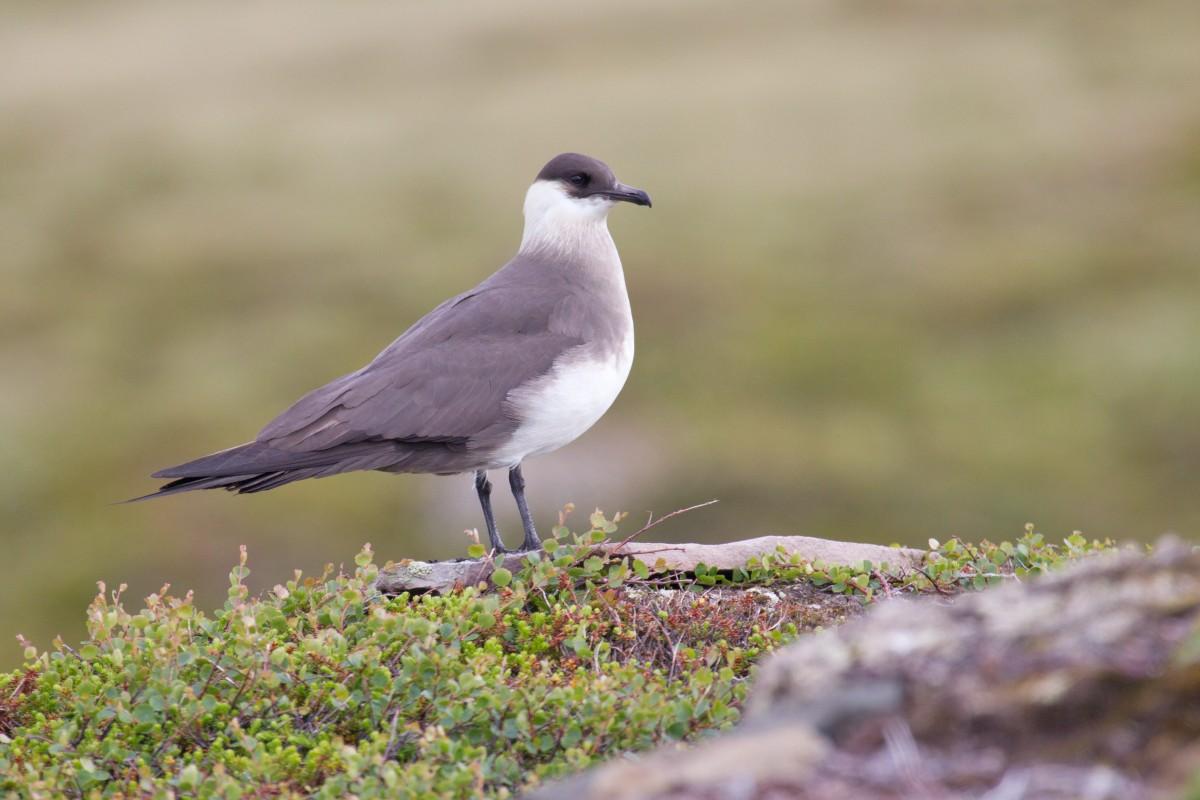
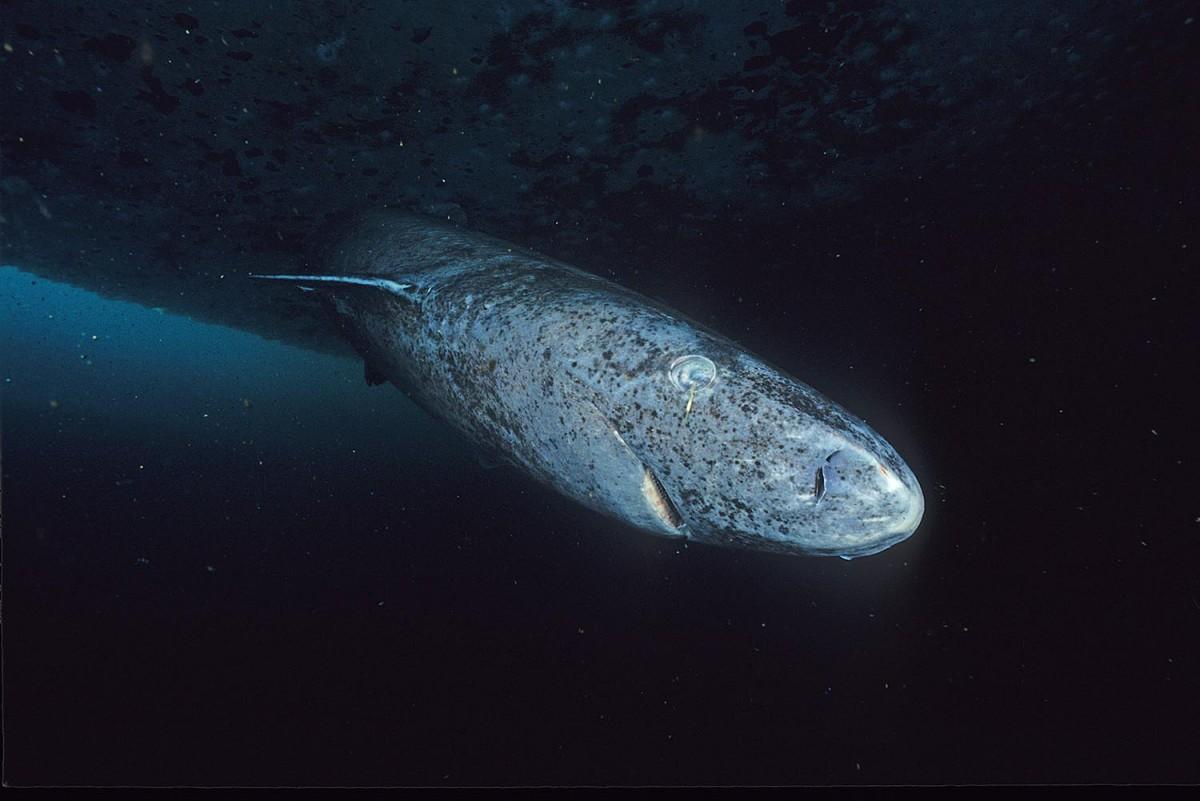
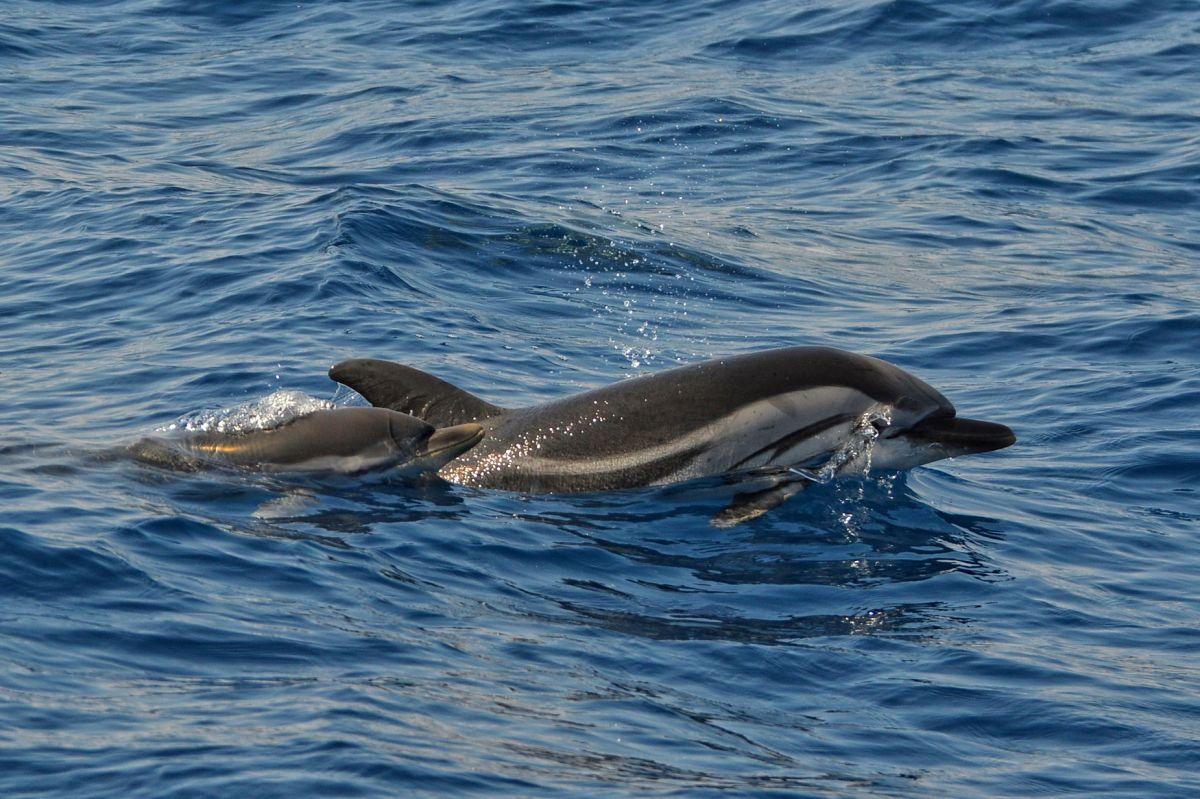
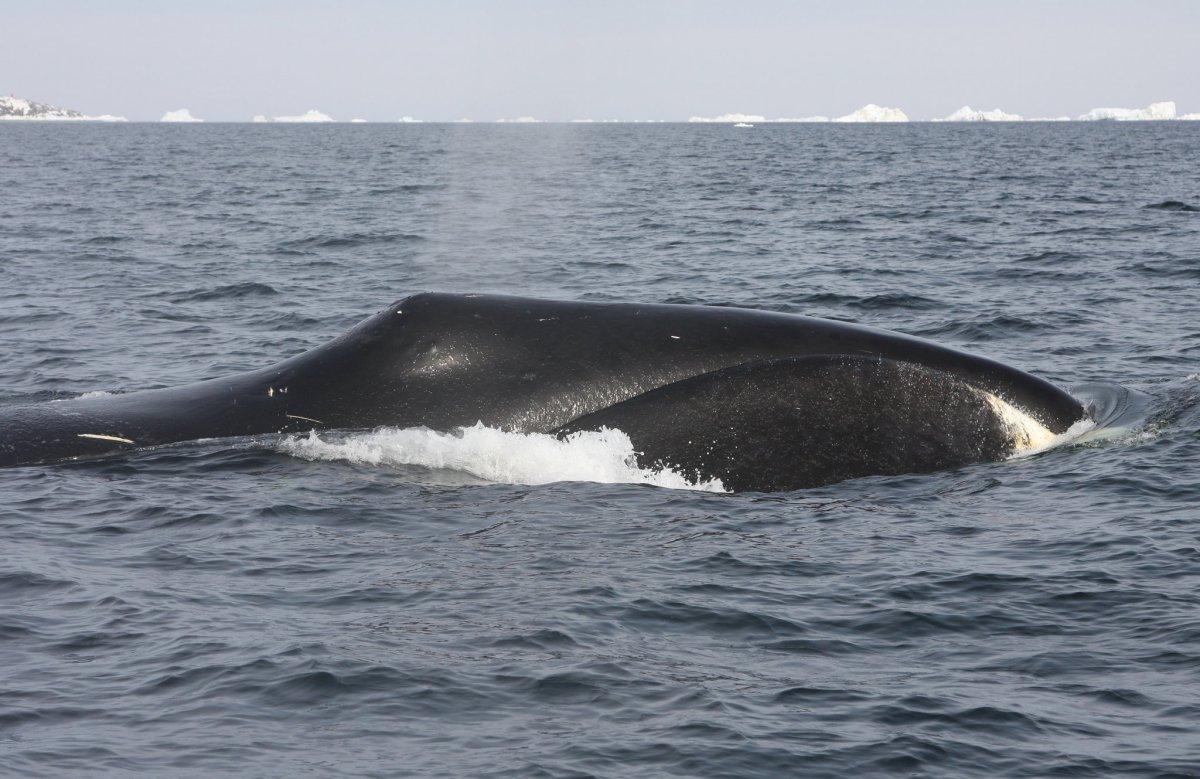
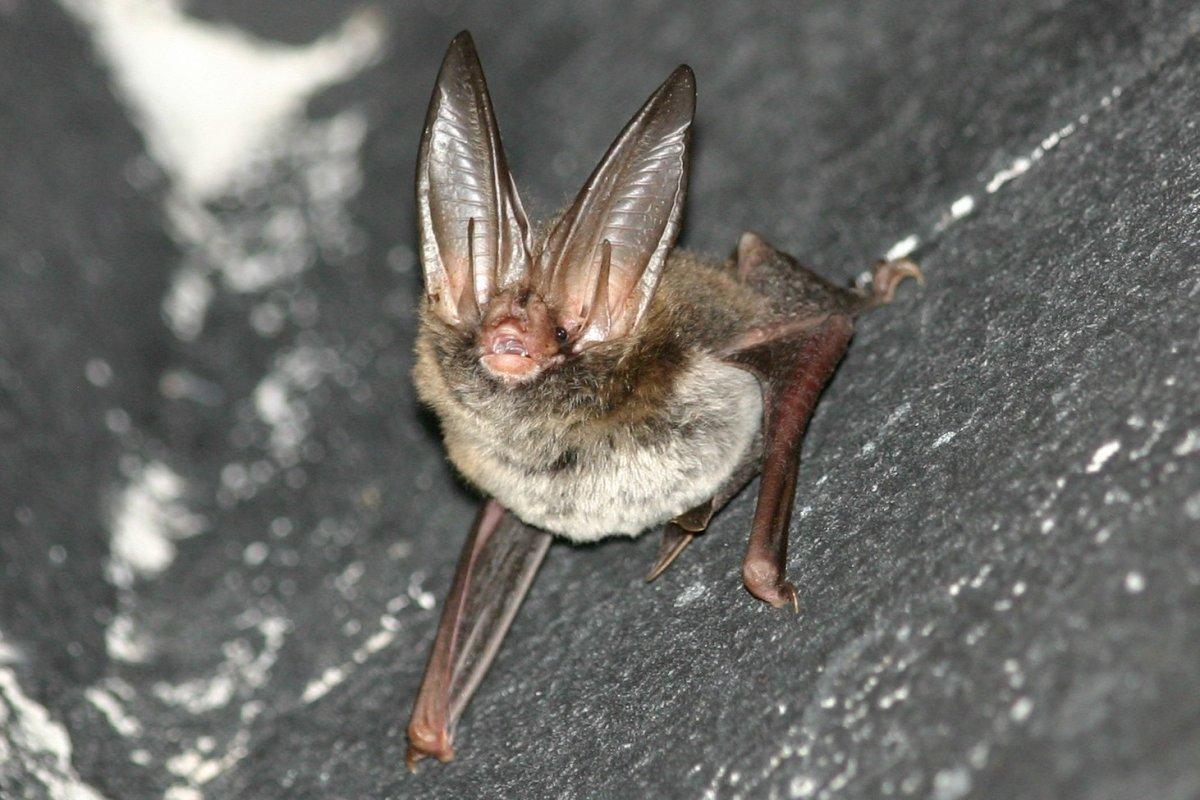

![18 Wild Animals in El Salvador [Wildlife in El Salvador]](https://www.kevmrc.com/wp-content/uploads/2022/08/18-wild-animals-in-el-salvador.jpg)
![13 Wild Animals in Marshall Islands [Wildlife in Marshall Islands]](https://www.kevmrc.com/wp-content/uploads/2023/01/13-wild-animals-in-marshall-islands.jpg)
![15 Wild Animals in Macedonia [Wildlife in Macedonia]](https://www.kevmrc.com/wp-content/uploads/2022/06/15-wild-animals-in-macedonia.jpg)